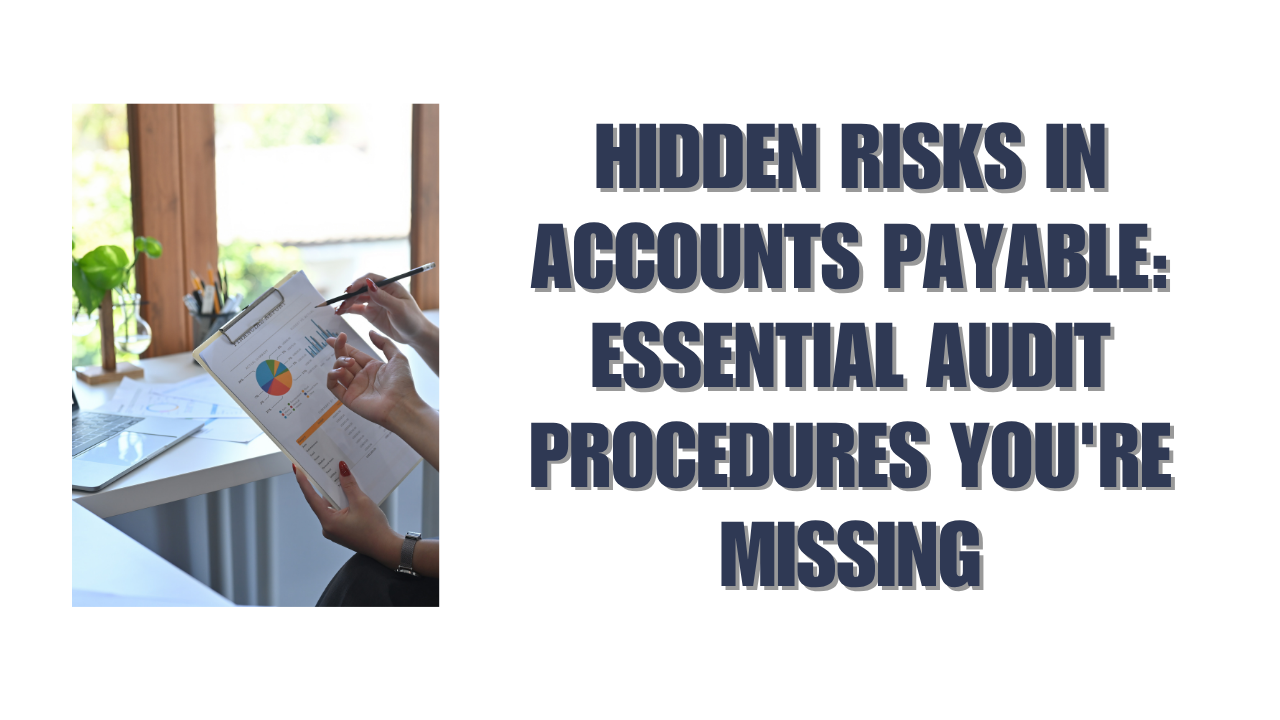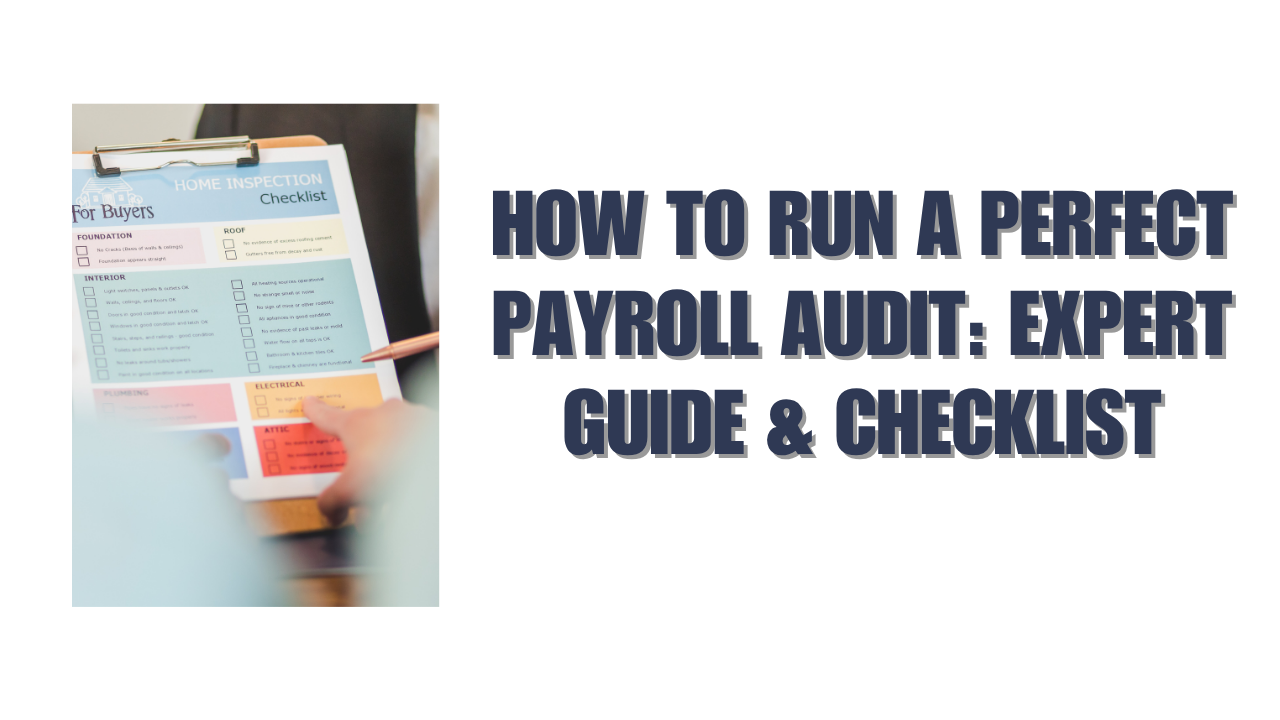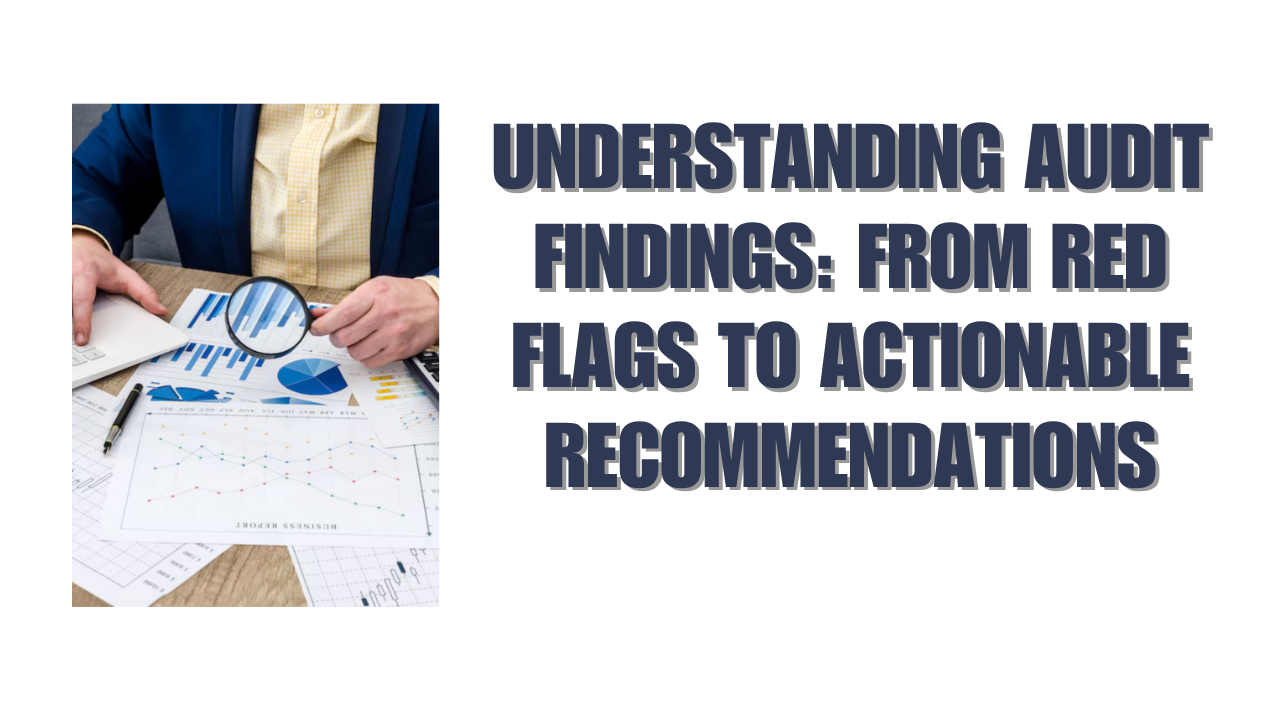Navigating the complexities of financial reporting can be a daunting task. This is especially true when dealing with the Generally Accepted Accounting Principles (GAAP) of a specific country.
In New Zealand, understanding the GAAP is crucial for accountants, auditors, and business owners. It’s also important for anyone involved in financial reporting and compliance.
This comprehensive guide aims to demystify the New Zealand GAAP. It provides a detailed understanding of its framework, standards, and requirements.
The guide will delve into the historical development of financial reporting standards in New Zealand. It will also explore the role of the External Reporting Board (XRB) in setting the NZ GAAP.
We’ll compare NZ GAAP with International Financial Reporting Standards (IFRS). We’ll also highlight key differences between NZ GAAP and other GAAPs, such as US GAAP.
The guide will cover compliance requirements for different types of entities. It will also break down the financial statements required under NZ GAAP.
By the end of this guide, you’ll have a solid understanding of NZ GAAP. You’ll be equipped to ensure compliance and navigate the complexities of financial reporting in New Zealand.

The Basics of New Zealand GAAP
New Zealand GAAP forms the backbone of financial reporting in the country. It ensures consistency and transparency across financial statements.
At its core, NZ GAAP sets out principles and guidelines for preparing financial statements. It is vital for all entities engaged in financial reporting.
Entities complying with NZ GAAP range from large corporations to small non-profits. Each must adhere to these standards to ensure reliable financial reporting.
NZ GAAP also serves as a benchmark for evaluating financial performance. It helps stakeholders make informed decisions.
The framework includes both recognition and measurement principles. These principles guide how financial information is documented and reported.
The principle of fair representation is crucial under NZ GAAP. It dictates that financial statements must accurately reflect an entity’s financial position.
NZ GAAP also includes specific disclosure requirements. These ensure that financial statements are not only consistent but comparable across different entities.
Below are key components of NZ GAAP:
- Recognition and measurement principles
- Disclosure requirements
- Financial reporting obligations
- Compliance for different entity types
Each of these components plays a vital role. Together, they provide a comprehensive framework for financial reporting.
The adoption of NZ GAAP strengthens investor confidence. It ensures capital market efficiency by fostering transparency.
Entities must stay compliant with NZ GAAP to avoid legal repercussions. Understanding these basics is essential for anyone involved in financial reporting.
What is New Zealand GAAP?
New Zealand GAAP stands for Generally Accepted Accounting Principles. It provides a framework for preparing financial statements in New Zealand.
This framework ensures that financial reports are accurate, consistent, and comparable. It is crucial for both internal and external stakeholders.
NZ GAAP encompasses standards and guidelines issued by the External Reporting Board (XRB). These standards are often aligned with global benchmarks like IFRS.
The purpose of NZ GAAP is to maintain high-quality financial reporting. This helps in achieving financial transparency and accountability.
Entities of all sizes must comply with NZ GAAP. This includes public benefit entities, for-profit, and non-profit organizations.
By adhering to NZ GAAP, companies can maintain uniform financial reporting. This is important for stakeholders to evaluate the entity’s financial health.
In essence, NZ GAAP provides the foundation for all financial reporting activities in New Zealand. It ensures that all financial information is presented fairly and reliably.
The Purpose and Importance of NZ GAAP
The primary purpose of NZ GAAP is to standardize financial reporting across diverse entities. This standardization ensures reliability and transparency.
By maintaining consistency, NZ GAAP allows stakeholders to compare financial performance more easily. This is crucial for decision-making processes.
The importance of NZ GAAP extends to enhancing investor confidence. Reliable financial information boosts investor trust and promotes efficient markets.
For organizations, complying with NZ GAAP is not just about avoiding penalties. It’s about fostering a culture of accountability and transparency.
NZ GAAP plays a pivotal role in helping entities manage risks associated with financial reporting. It sets guidelines for addressing complexities in financial transactions.
In the global landscape, NZ GAAP aligns closely with international standards. This eases the process of global financial comparisons.
Ultimately, NZ GAAP serves as a vital tool for all stakeholders in New Zealand’s financial ecosystem. It ensures that all entities report financial information truthfully and fairly.
by Tobias Keller (https://unsplash.com)
Historical Development and Framework
Understanding the history of financial reporting in New Zealand provides context for its current framework. Over the years, financial reporting standards have evolved significantly.
Initially, New Zealand adapted financial reporting standards from the United Kingdom. These early regulations were broad and lacked specific guidelines.
As business landscapes changed, the need for more robust standards became evident. This led to the development of localized financial reporting standards.
The introduction of NZ GAAP marked a turning point. It provided a comprehensive framework tailored to New Zealand’s unique economic environment.
In recent years, the alignment with International Financial Reporting Standards (IFRS) has further evolved NZ GAAP. This ensures global consistency and credibility.
Below is a brief timeline of financial reporting development in New Zealand:
- Adoption of UK accounting standards in early 20th century
- Establishment of NZ-specific standards in the mid-20th century
- Formation of the External Reporting Board (XRB) in the early 2000s
- Adoption of International Financial Reporting Standards (IFRS)
- Ongoing updates and revisions by XRB
This ongoing development reflects a commitment to maintaining relevance and accuracy. Regulatory bodies continue to adapt standards in response to global and local changes.
The Evolution of Financial Reporting in New Zealand
Financial reporting in New Zealand has a rich history. Initially, it was heavily influenced by British accounting standards.
During the mid-20th century, the need for distinct guidelines became apparent. The country then began formulating its standards.
Throughout the years, these standards have undergone numerous revisions. Each iteration aimed to better reflect the economic reality of the time.
The establishment of the External Reporting Board (XRB) was crucial. It centralized the process of standard-setting, ensuring uniform reporting and fairness.
Implementing International Financial Reporting Standards (IFRS) was another major advancement. This alignment enabled international business relations and investments.
With each update, New Zealand’s financial reporting has grown stronger. The emphasis has consistently been on transparency and comparable financial information.
Today, these evolved standards form the backbone of business integrity in the country. They are designed to provide clarity and consistency in financial reporting practices.
The Role of the External Reporting Board (XRB)
The External Reporting Board (XRB) plays an essential role in New Zealand’s financial framework. It is responsible for establishing and maintaining NZ GAAP.
XRB ensures that the standards evolve with changing economic landscapes. They are the cornerstone of reliable financial reporting in the country.
The board collaborates closely with international bodies. This ensures the country’s standards align with global best practices.
XRB’s responsibilities include developing tiered reporting frameworks. These cater to the diverse needs of different types of entities.
Through public consultation, XRB ensures that standards reflect stakeholder interests. They promote transparency and inclusion in the standard-setting process.
NZ GAAP vs. International Standards
Navigating the landscape of accounting standards can be complex. NZ GAAP and International Financial Reporting Standards (IFRS) intersect in many ways. Yet, they also maintain distinct features.
The alignment with IFRS is essential for New Zealand’s economic integration. This alignment promotes consistency and comparison globally.
Businesses operating internationally benefit greatly. They can present financial information that stakeholders worldwide understand easily.
However, NZ GAAP includes specific guidelines for certain entities. These are tailored to New Zealand’s unique economic and regulatory environment.
While aligning with IFRS, NZ GAAP accommodates local nuances. It provides additional guidance where global standards may not be sufficient.
Key aspects where NZ GAAP and international standards differ include:
- Localized disclosure requirements
- Additional reporting options for specific sectors
- Tailored application for public benefit entities
Despite these differences, NZ GAAP maintains the core principles of IFRS. It ensures that New Zealand remains competitive on the global stage.
Comparing NZ GAAP to IFRS
NZ GAAP closely mirrors IFRS. This alignment is critical for New Zealand’s economic environment. It facilitates international trade and investment.
Many core principles are shared between NZ GAAP and IFRS. This consistency helps ensure transparency and comparisons.
However, NZ GAAP offers specific guidance where necessary. It addresses the unique needs of New Zealand’s financial landscape.
The adoption of IFRS has positively impacted investor confidence. It boosts transparency in financial reporting for international corporations.
Nevertheless, NZ GAAP integrates additional guidelines. These are particularly relevant for public benefit entities. This dual approach ensures flexibility without compromising standards.
IFRS provides a broad framework, while NZ GAAP fine-tunes it. This tuning caters to local business conditions and regulatory requirements.
Overall, this hybrid approach serves both international and domestic needs effectively. It balances global alignment with local specificity.
Key Differences with Other GAAPs (US, UK)
NZ GAAP distinctively varies from other GAAPs, like US and UK standards. Each geographic region reflects differing regulatory environments.
One major difference is the principles-based nature of NZ GAAP. This contrasts with the rules-based framework of US GAAP.
NZ GAAP emphasizes flexibility and professional judgment. This approach allows for adaptation to specific circumstances.
In contrast, US GAAP follows a more prescriptive methodology. UK standards, while principles-based, reflect European nuances.
Furthermore, NZ GAAP includes specific directives for non-profit sectors. This is distinct from other GAAPs that may not accommodate such entities.
Another variance lies in asset and liability valuation methods. NZ GAAP aligns more with fair value assessments, unlike historic cost preferences in other standards.
The handling of public benefit entities is a unique feature of NZ GAAP. This distinction addresses New Zealand’s diverse organizational structures.
Although these standards differ, they all aim to ensure transparent financial reporting. Each respects its jurisdiction’s legal and economic context.
Compliance and Reporting Requirements
Adhering to NZ GAAP is crucial for legal compliance. The requirements vary between entity types, making it necessary to understand the distinctions.
This complexity arises from the diverse nature of businesses. For-profit and non-profit entities follow different standards under NZ GAAP. Each entity type is subject to tailored reporting and disclosure rules.
For for-profit entities, financial statements must be detailed and precise. They reflect an entity’s financial position and performance for investors and stakeholders.
Non-profit organizations, however, focus on accountability and transparency. They must demonstrate responsible management of funds and resources.
NZ GAAP demands clarity in reporting, promoting stakeholder confidence. Compliance also ensures access to capital markets and enhances credibility.
Reporting requirements are critical for maintaining investor trust. They enable informed decision-making and ensure market efficiency.
Specific disclosure requirements differ based on entity size and nature. Tailored disclosures improve relevance and understanding of financial statements.
Financial statements provide a snapshot of a company’s financial health. They include income statements, balance sheets, and cash flow statements.
Disclosures extend beyond numbers, offering context and insights. They cover risks, commitments, and events affecting the financial standing of entities.
For-Profit vs. Non-Profit Entities
The financial reporting for for-profit and non-profit entities diverges significantly. Each serves different economic purposes under NZ GAAP.
For-profit entities prioritize profit. Their financial statements need to provide precise income and expense information. This precision assists investors in evaluating financial returns.
Non-profit entities, however, focus on accountability. They must illustrate how funds are utilized and ensure transparency. This serves donors and regulatory bodies.
NZ GAAP adapts to these differences by setting unique standards. For-profits adhere to standards emphasizing financial performance. Non-profits, conversely, focus on fund accountability.
These tailored requirements ensure that both entity types meet stakeholders’ expectations. They foster an environment of trust and credibility.
The divergent goals of these entities reflect in their financial statements. This underscores the importance of compliance with specific reporting standards.
Aligning reporting practices with NZ GAAP is essential. It strengthens the integrity of financial information presented to stakeholders.
Financial Statements and Disclosures
Financial statements are essential tools. They convey a company’s performance and financial health. Under NZ GAAP, these statements comprise several key elements.
The income statement outlines earnings and expenses. It highlights profit or loss over a reporting period.
Balance sheets present assets, liabilities, and equity. They offer a snapshot of an entity’s financial position.
The cash flow statement tracks cash inflows and outflows. It provides insights into liquidity and cash management.
Disclosures are equally critical, enhancing transparency. They provide context that pure financial data cannot convey.
Disclosure elements generally include:
- Accounting Policies: Outline policies used in preparing financial statements.
- Risk Exposures: Detail financial and operation risks faced by the entity.
- Contingencies and Commitments: Include obligations and potential liabilities.
- Subsequent Events: Capture significant events occurring after the reporting period.
These components ensure a comprehensive view of financial health. They facilitate informed decision-making for investors and stakeholders.
Financial disclosures support comparisons across periods and entities. They ensure users can rely on the reported information’s accuracy and context.
Adhering to these standards is a cornerstone of effective financial reporting. It reinforces a culture of reliability and accountability among businesses.
by Samuel Ferrera (https://unsplash.com)
Principles and Practices in NZ GAAP
NZ GAAP is built on core principles and practices. These principles guide the recognition, measurement, and disclosure of financial information.
A coherent framework ensures consistency and comparisons in financial reporting. It aids entities in applying judgment when preparing financial statements.
The recognition and measurement principles define when and how items are recorded. They establish the criteria for recognizing assets, liabilities, income, and expenses.
These principles provide a structured approach to financial statement preparation. They ensure financial data accurately reflects an entity’s performance and position.
Qualitative characteristics improve the usefulness of financial information. They enhance its relevance, reliability, and understanding for users.
Materiality is a key concept in NZ GAAP. It determines the significance of information and its impact on decision-making processes.
The principles and practices of NZ GAAP balance flexibility and structure. They support varied reporting needs while maintaining high standards.
Recognition and Measurement Principles
Recognition and measurement principles are pivotal under NZ GAAP. They establish when to recognize transactions in financial statements.
These principles guide the initial recording and subsequent valuation of financial items. They promote consistency across financial periods.
Asset recognition occurs when future economic benefits are probable. Liabilities are recorded when a present obligation exists.
Income is recognized when earned, regardless of when cash is received. Expenses are recognized upon incurrence to match revenue generation.
Measurement involves determining the monetary value of recognized elements. Common bases include historical cost, fair value, and amortized cost.
These principles ensure financial statements reflect economic realities. They foster comparison and comprehension among entities.
Qualitative Characteristics and Materiality
Qualitative characteristics enhance the utility of financial reports. They include relevance, reliability, comparisons, and understanding.
Relevance ensures financial information impacts users’ economic decisions. Reliable data is accurate and free from significant bias or error.
Comparisons allows assessments across entities and time periods. Understanding ensures information is accessible to informed users.
Materiality is a guiding factor, dictating the inclusion of significant items. It judges whether omitting information could mislead decision-makers.
Both principles and the concept of materiality serve as a safeguard. They ensure reported information conveys true financial conditions.
Materiality acts as a filter for financial information’s impact. It balances detail with user-friendly clarity in financial reports.
These characteristics ensure financial reports meet stakeholders’ needs. They underpin the credibility and value of NZ GAAP-compliant financial reporting.
Challenges and Future Developments
Understanding and applying NZ GAAP can present several challenges. Entities often encounter complexities in interpreting the standards.
Adapting to changing standards requires continuous learning. Entities must stay updated with revisions and new interpretations.
Navigating through detailed disclosure requirements can be daunting. Proper training and resources are essential for compliance.
The use of significant judgment in financial reporting adds complexity. Entities must apply these judgments consistently over time.
Emerging trends and technological advancements influence NZ GAAP. They necessitate evolving guidelines to address new financial realities.
Future changes in NZ GAAP may reflect global economic dynamics. Harmonization with international standards is a potential direction.
Sustainability and environmental considerations are increasingly significant. NZ GAAP must adapt to integrate these reporting elements.
The influence of technology, like AI and blockchain, is growing. These innovations could reshape data recording and reporting processes.
Common Application Challenges
Compliance with NZ GAAP involves complex application challenges. Interpreting and implementing the standards requires expertise.
Entities may struggle with applying judgment consistently. This demands ongoing training and professional development.
The integration of new standards and amendments is often tricky. This requires systems and processes to be adaptable.
Ensuring accurate and timely financial reporting is crucial. Yet, it remains challenging due to evolving business environments.
Future Trends and Changes in NZ GAAP
NZ GAAP will likely evolve with new financial paradigms. Global trends and local needs will shape future developments.
Harmonization with international standards remains a key focus. This ensures consistency and comparisons in global markets.
Environmental reporting is gaining attention. NZ GAAP may integrate more sustainability disclosures.
Technological advancements will influence reporting methods. Embracing innovation is essential for staying relevant.
Continuous dialogue with stakeholders will guide NZ GAAP’s trajectory. Engaging diverse perspectives will enrich its evolution.
Resources and Case Studies
Access to quality resources is crucial for effectively implementing NZ GAAP. Practitioners need reliable tools to navigate the complex standards. The guidance provided by the External Reporting Board (XRB) is invaluable.
Numerous online platforms offer NZ GAAP courses. They help professionals understand nuanced aspects of financial reporting. Networking with other practitioners can also provide practical insights.
Professional accounting bodies, like NZICA, offer seminars. These sessions focus on recent developments in accounting standards. Engaging in these activities fosters continuous learning.
Case studies illustrate the practical application of NZ GAAP. They highlight real-world scenarios and decision-making processes. Reviewing case studies can deepen understanding and aid problem-solving.
Tools and Resources for NZ GAAP Practitioners
Several essential resources support NZ GAAP compliance. Accounting software packages simplify financial reporting tasks.
The XRB website is a key resource for up-to-date standards. Access to these standards ensures accuracy in reporting.
Professional associations provide extensive training materials. They offer guidance documents and frameworks for best practices.
Online forums facilitate peer discussions and problem-solving. These platforms allow for sharing experiences and solutions.
Industry publications offer insights into emerging trends. Keeping abreast of these updates is vital for practitioners.
Real-World Examples of NZ GAAP Application
Applying NZ GAAP in real situations highlights its intricacies. Businesses often share their implementation experiences in case studies.
For instance, public companies disclose complex financial information. These disclosures demonstrate adherence to transparency requirements.
Non-profit organizations also face unique reporting challenges. They provide insights into applying standards in varying scenarios.
Learning from mergers and acquisitions under NZ GAAP is beneficial. These cases illustrate the standard’s comprehensive nature.
Conclusion
Understanding New Zealand GAAP is essential for accurate financial reporting. These standards ensure clarity and consistency in financial statements. They foster trust and transparency among stakeholders.
Compliance with NZ GAAP supports investor confidence. It plays a crucial role in the efficiency of capital markets. Adhering to these standards is mandatory for applicable entities.
As financial reporting evolves, staying informed is vital. Practitioners must keep up with changes to maintain accuracy. Continuous learning and adaptation are key to compliance.
NZ GAAP equips professionals with the tools for precise reporting. Mastery of these standards enhances financial decision-making. It also contributes to the overall integrity of financial data.
Ultimately, NZ GAAP is more than mere guidelines. It’s a framework that upholds the quality and reliability of financial reporting. Embracing this framework benefits entities and stakeholders alike.







